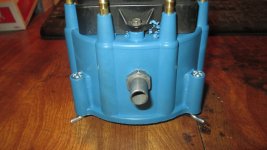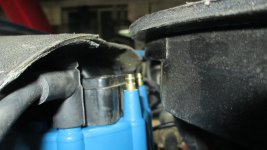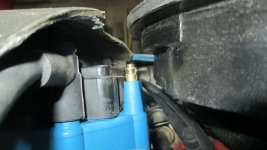- Thread starter
- #21
toobroketoretire
Banned
First off how in the hell does one get better fuel economy AND gas fouled spark plugs at the same time?
Second how does one get more CFM from one's DIY ram air hood?
Especially after they claim it is fixed,

Now I'm not an engineer by trade but as I remember it Ram air hoods weren't very effective on street cars not unlike useless headers with mufflers attached. I believe they do nothing but look good
I DO KNOW choke blades are designed to stay open from air velocity so someone must have a bad choke coil or whatever he uses to open it.
Now for the fuel milage increase it sounds like someone un-restricted their air intake system by accident ☺
Sent from my SM-T530NU using Tapatalk
Huh?



 otfl
otfl







